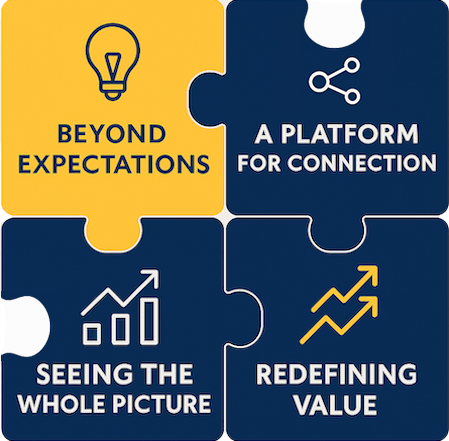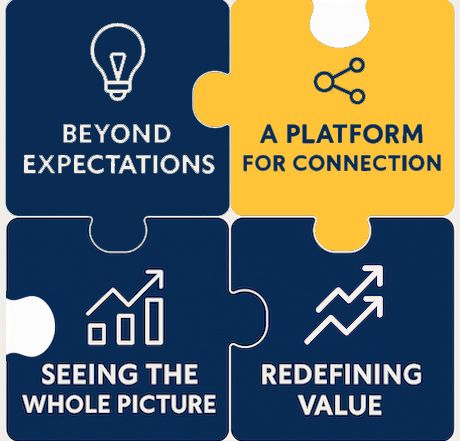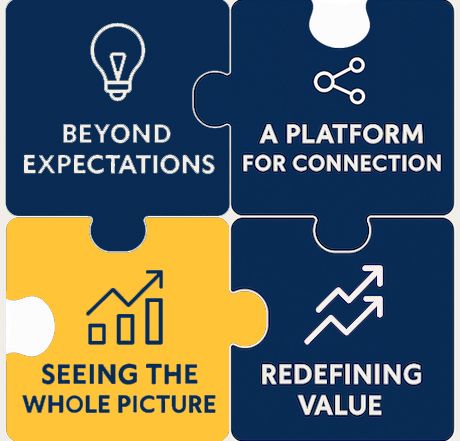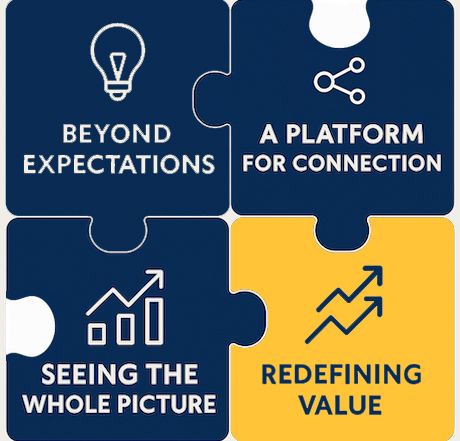In a recent expert webinar hosted by Champ Software titled “Maximizing Your Electronic Health Records – A Deep Dive with Webster County Public Health,” Breanna Case, the Operations Specialist for Webster County Health Department in Iowa shared how they discovered unexpected solutions to challenges after implementing their public health electronic health record (EHR) system. This blog series, published weekly Oct 17 to Nov 12, shares four facets of unexpected wins Webster County experienced.
Blog Series
Part 1: Beyond Expectations — How Webster County Found Unexpected Solutions with Their Public Health EHR
EHRs Built for Public Health Deliver Unexpected Wins
When the Webster County Health Department in Iowa decided to modernize its systems, the goal wasn’t transformation — it was efficiency. They simply wanted an EHR that could handle documentation and reporting with less friction.
What they found was something much bigger.
Breanna Case, Operations Specialist at Webster County, had seen plenty of systems come and go. With experience spanning grant writing, program management, fiscal oversight, and quality improvement, she knew how easily technology could complicate things instead of simplifying them
“We thought we were just improving documentation,” Breanna said. “But we ended up solving problems we didn’t even know were connected.”
Public Health Documentation and Cross-Department Collaboration
Unexpected Solutions:
- Cross-Department Communication: Teams gained visibility into each other’s work, leading to faster coordination and fewer missed steps.
- Grant Tracking Made Simple: With Nightingale Notes, fiscal and program data aligned automatically, eliminating extra reconciliation.
- Real-Time Insights: Supervisors began using dashboards for oversight, something that hadn’t been on the original wish list.
- Unified Processes: Departments that once operated independently started using shared workflows.
“It’s more than an EHR,” Breanna shared. “It’s become a platform for agency-wide improvement.”
Why Public Health Needs Specialized Community Health Software
Public health’s technology needs differ substantially from those of hospitals or physician practices. While clinical care focuses on individual patient encounters, public health departments manage entire populations, coordinating everything from disease surveillance to community interventions and grant-funded programs.
That expanded scope demands an EHR that not only handles patient‐level documentation, but also supports population analytics, cross-program coordination, fiscal accountability, and community interventions. As JAMA points out in “Modernizing Public Health Data Systems: Lessons From the HITECH Act”, many public health entities still rely on siloed, 20th-century tools that limit interoperability and hinder data exchange between public health and clinical systems.
Yet many agencies adopt systems designed for clinical use and then retrofit them for public health. Because they weren’t engineered for community workflows, they often fall short in practice.
An EHR built specifically for public health includes features and workflows tailored to community care: from registry integration and case management to grant reporting and multi-program data sharing.
Explore essential features to look for: Public Health Agencies Need A Community-Centric EHR.
Blogs in This Series
- A Platform for Connection – How a Public Health EHR Strengthened Collaboration Across Departments
- Seeing the Whole Picture – Grant Management, Reporting and Data Visibility in One System
- Redefining Value – When an EHR Becomes a Public Health Improvement Tool
Watch a short excerpt from the full webinar video below:
